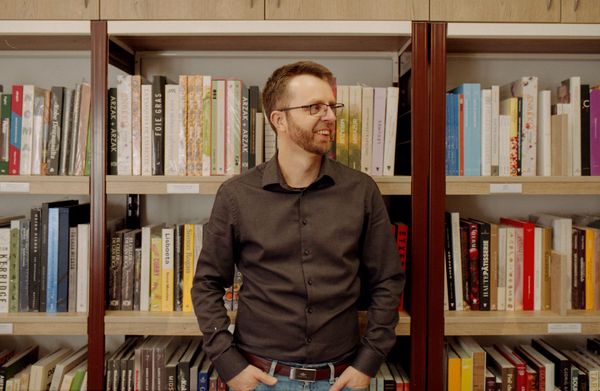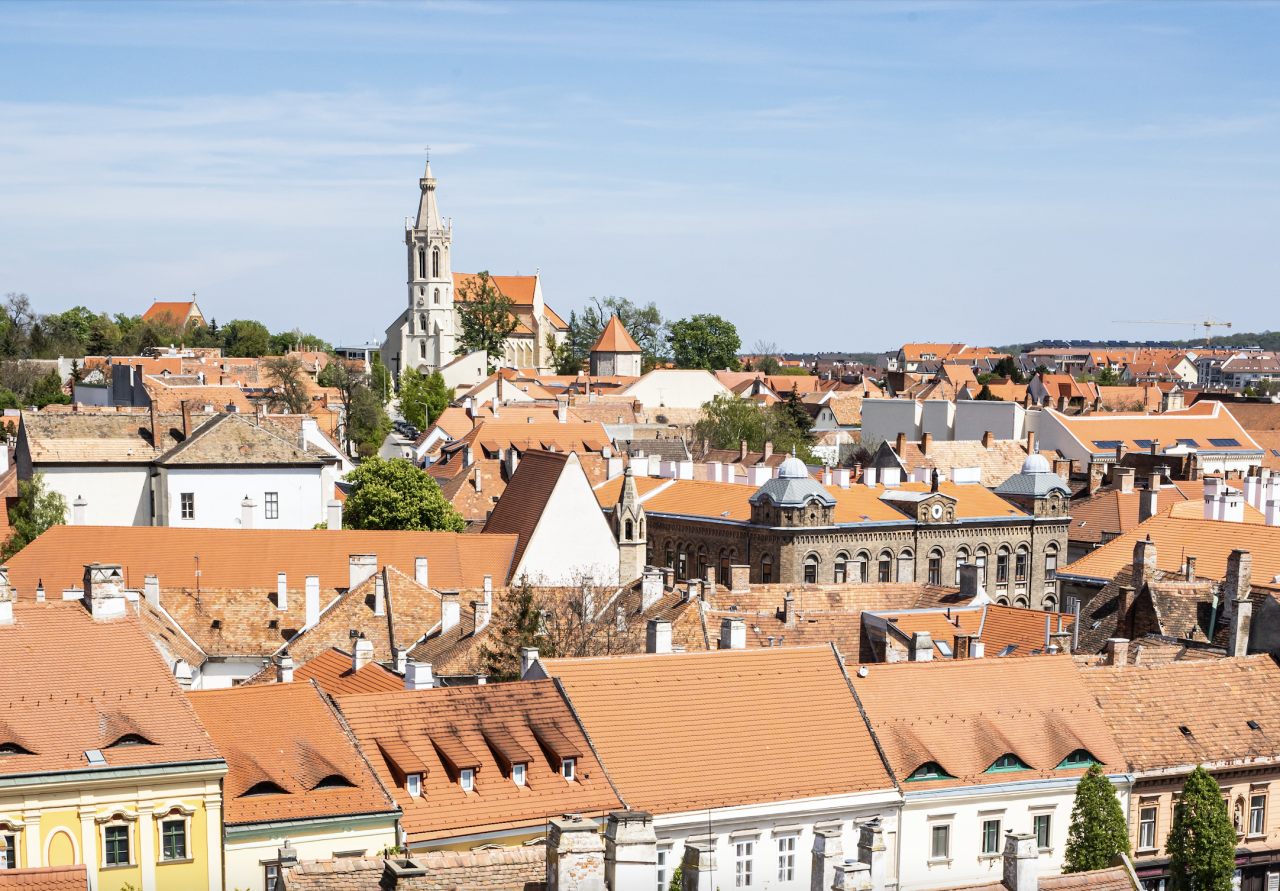Wine, bliss, Sopron. Hungarians tend to be people of extremes. Rarely do they accept a happy middle ground between the sweet Tokaji Aszú and the red Kékfrankos of Sopron. However, Hungary’s north-western corner, dominated by Sopron and the surroundings of Lake Fertő, has much more to offer the curious traveler. A historically deep-rooted city, vibrant with equal proportions of bourgeois and underground culture, and one of Hungary’s most important contiguous natural treasures, it is as if they had decided to settle so close to each only for our benefit. In the course of history, this duality also attracted the great noble families, filling the magnificent baroque, rococo and classical palaces with the cream of the aristocracy over the centuries. Try to make the most of the spectacle, and use your imagination. Climb the Fire Tower to enjoy the panorama of the ‘Most Loyal Town’, and try to picture the life of the aristocrats sporting powdered wigs, as you wander the banquet hall of Esterházy Palace.
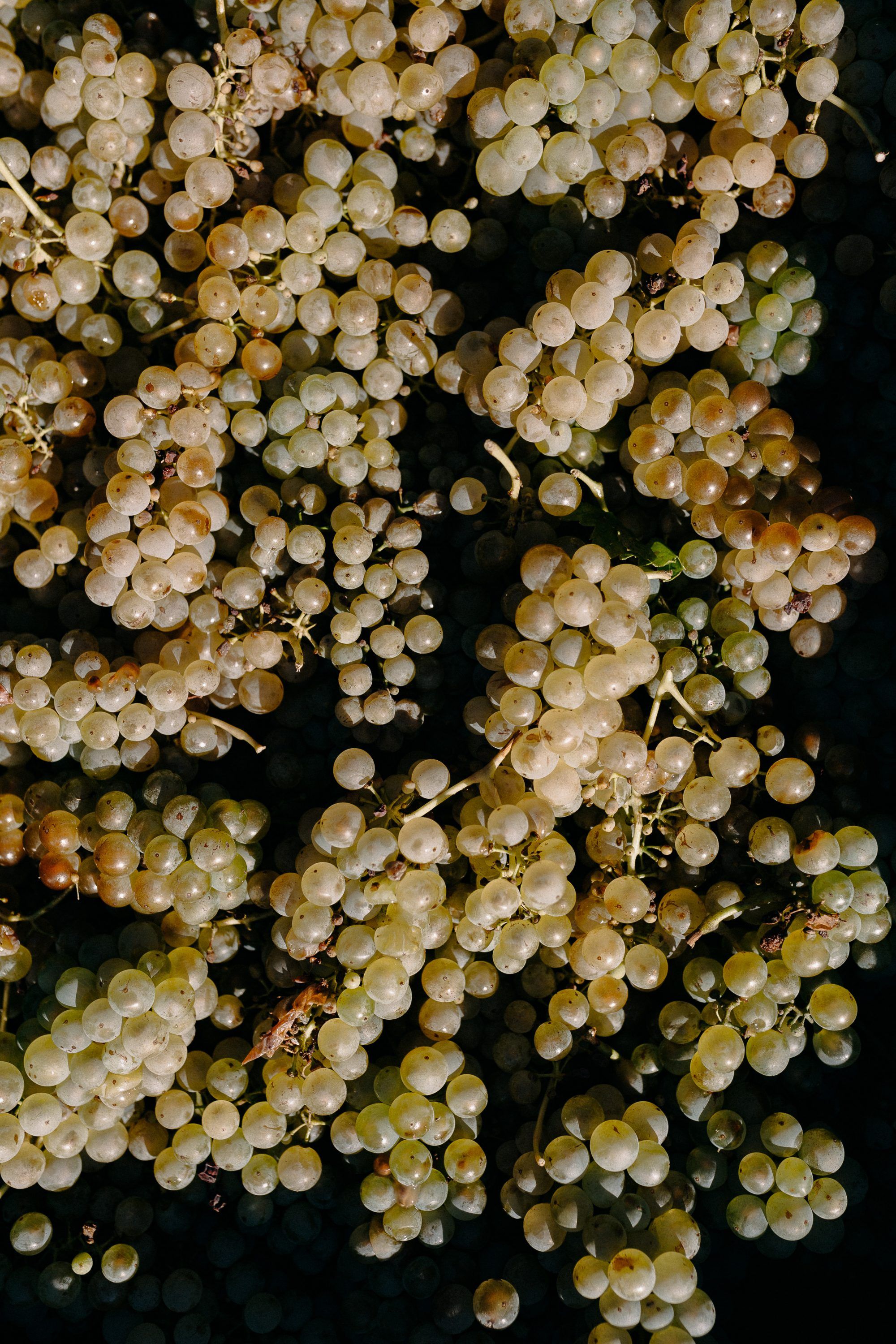
Weninger Pincészet—You will find Weninger winery in a little village at the southern tip of Lake Fertő called Balf. What makes their wines so special? Well, they reckon the true secret behind the exquisite tastes and aromas of their wines is the forces of nature here in the Sopron wine region, mostly notable for its red wines.
address: 9494 Sopron, Fő Street 23
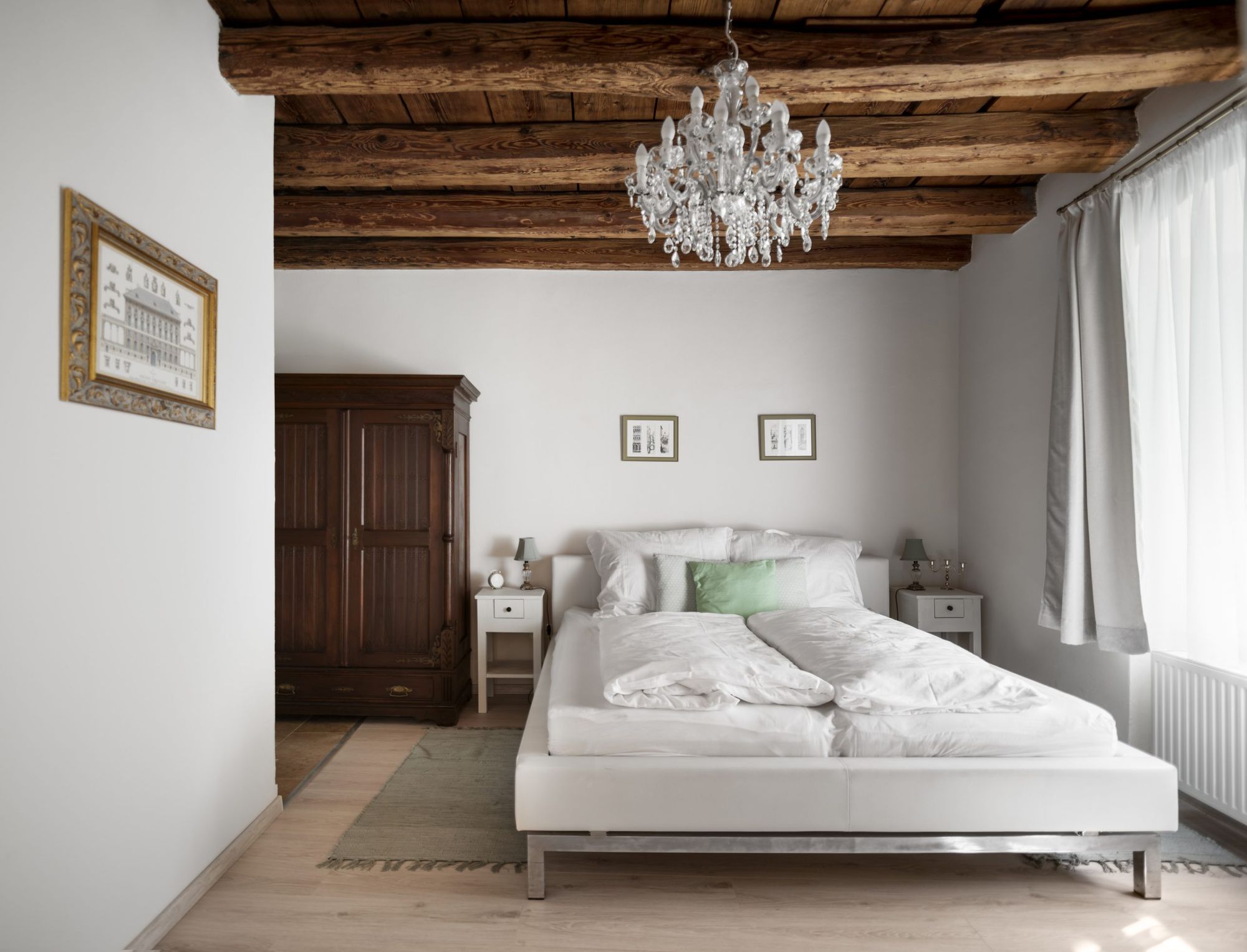
Florand Rooms&Wine—Florand is situated in the vicinity of Sopron’s castle district and the gothic church of St Nicholas, in an edifice that has been classified as a listed building. This family-friendly guesthouse is well equipped, offering natural and uncluttered interiors with a hearty buffet breakfast prepared using ingredients only from local producers.
address: 9400 Sopron, Szent Mihály Street
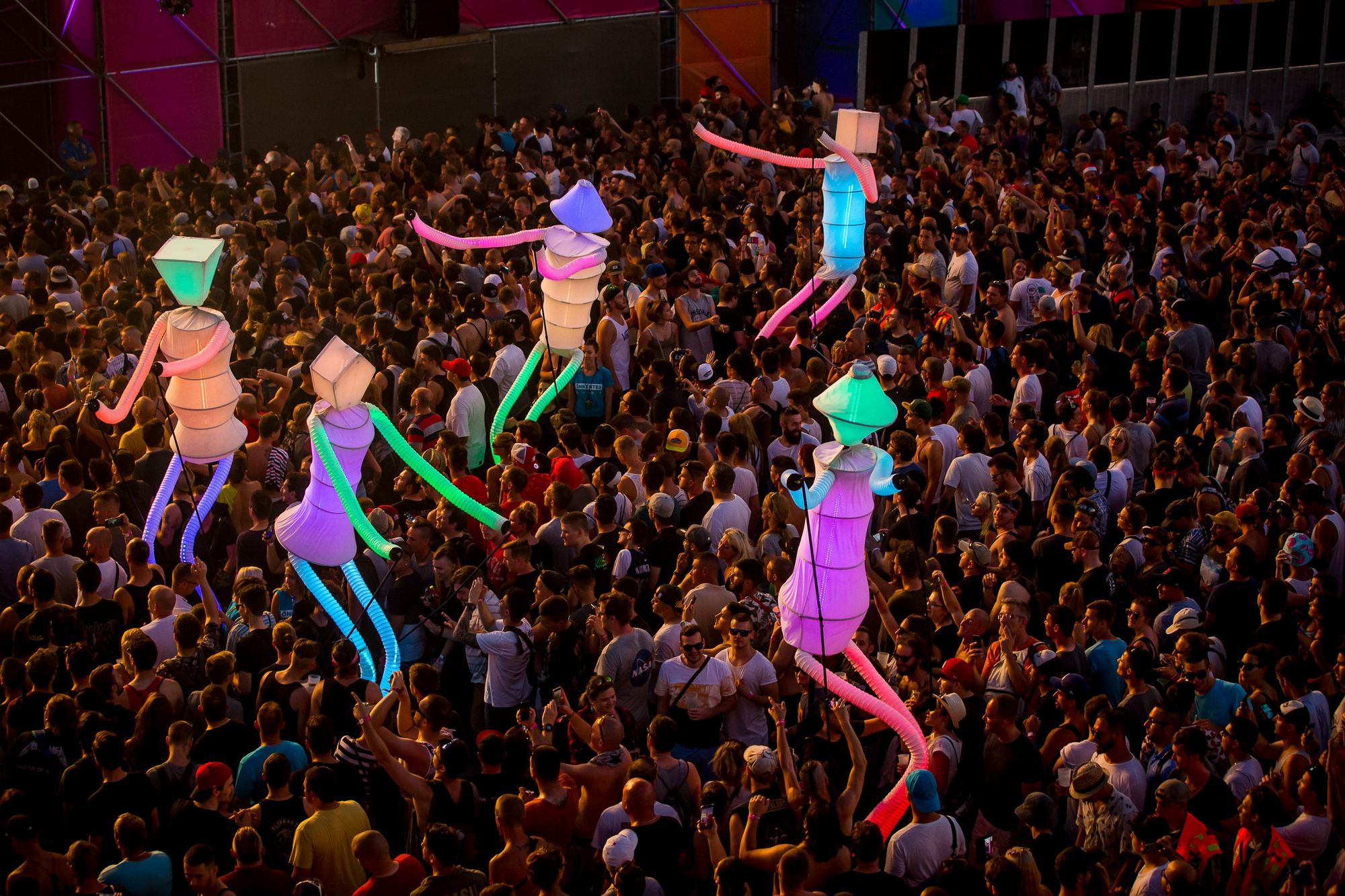
VOLT Festival—VOLT Festival is one of the largest Hungarian popular music festivals, and has been organized in Sopron every year since 1993. The musical line-up is diverse with the various stages offering rock, world music, jazz and electronic music performances by internationally renowned artists every year.
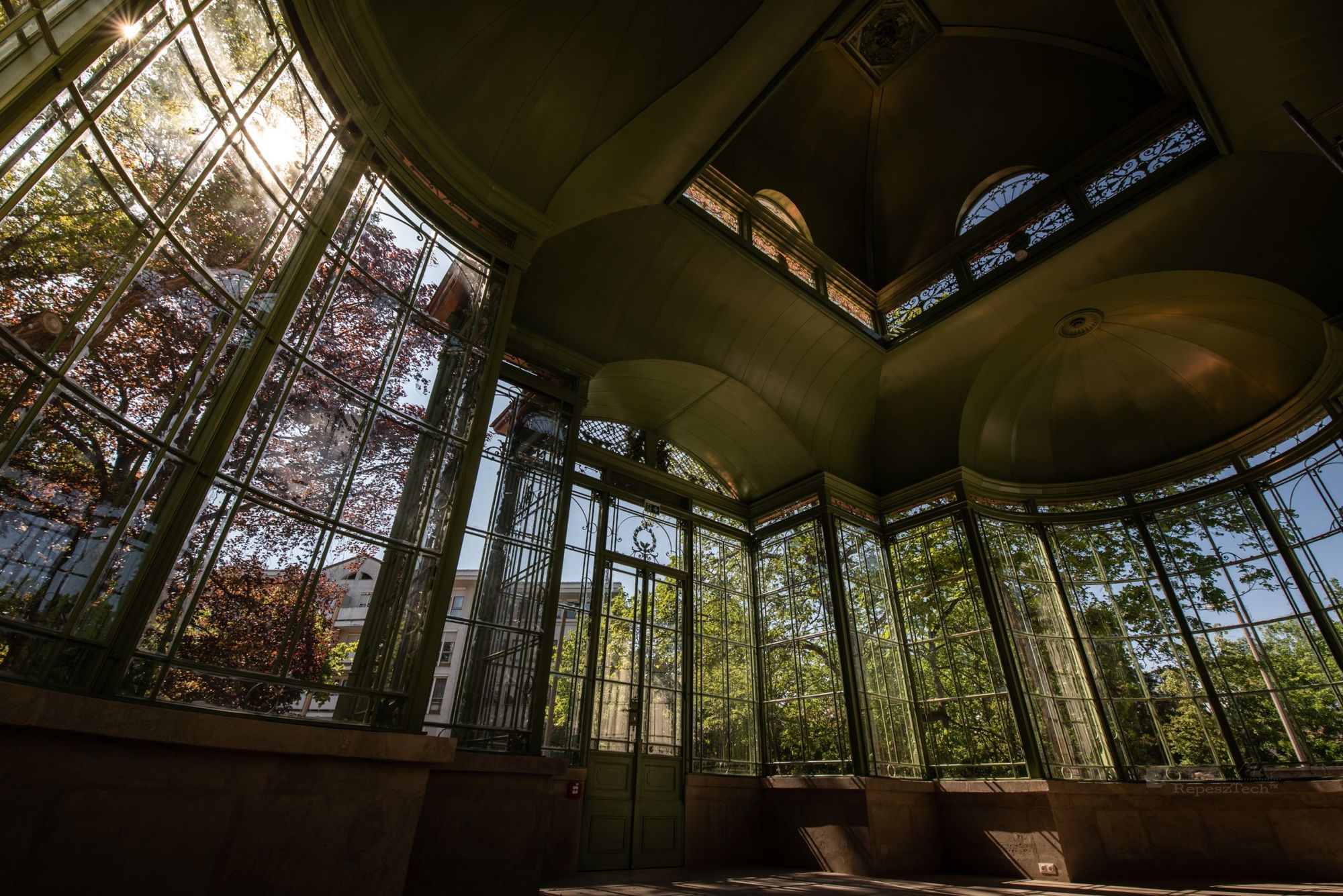
Lenck Villa—It is fairly easy to come across elegant villas in bourgeois Sopron. One example is Lenck Villa, which was built by a wealthy wine merchant family at the end of the 19th century. Thanks to the resourcefulness of the Sopron locals, however, this villa has become more than the residence of a well-to-do family. Upon entering the villa today, you are invited to follow the story through an interactive journey into the past. The story guides the visitor through the wedding preparations of one of the family members, Liza. In the process, you become acquainted with the etiquette, the clothes and the eating habits that characterized the period. The family is making preparations in feverish anticipation, and the house staff are bustling around to get everything done, and you get ready to wait for the bride and the groom. An often unknown fact is that the Danish king also lived in the villa for a while.
address: 9400, Sopron, Deák Square 1
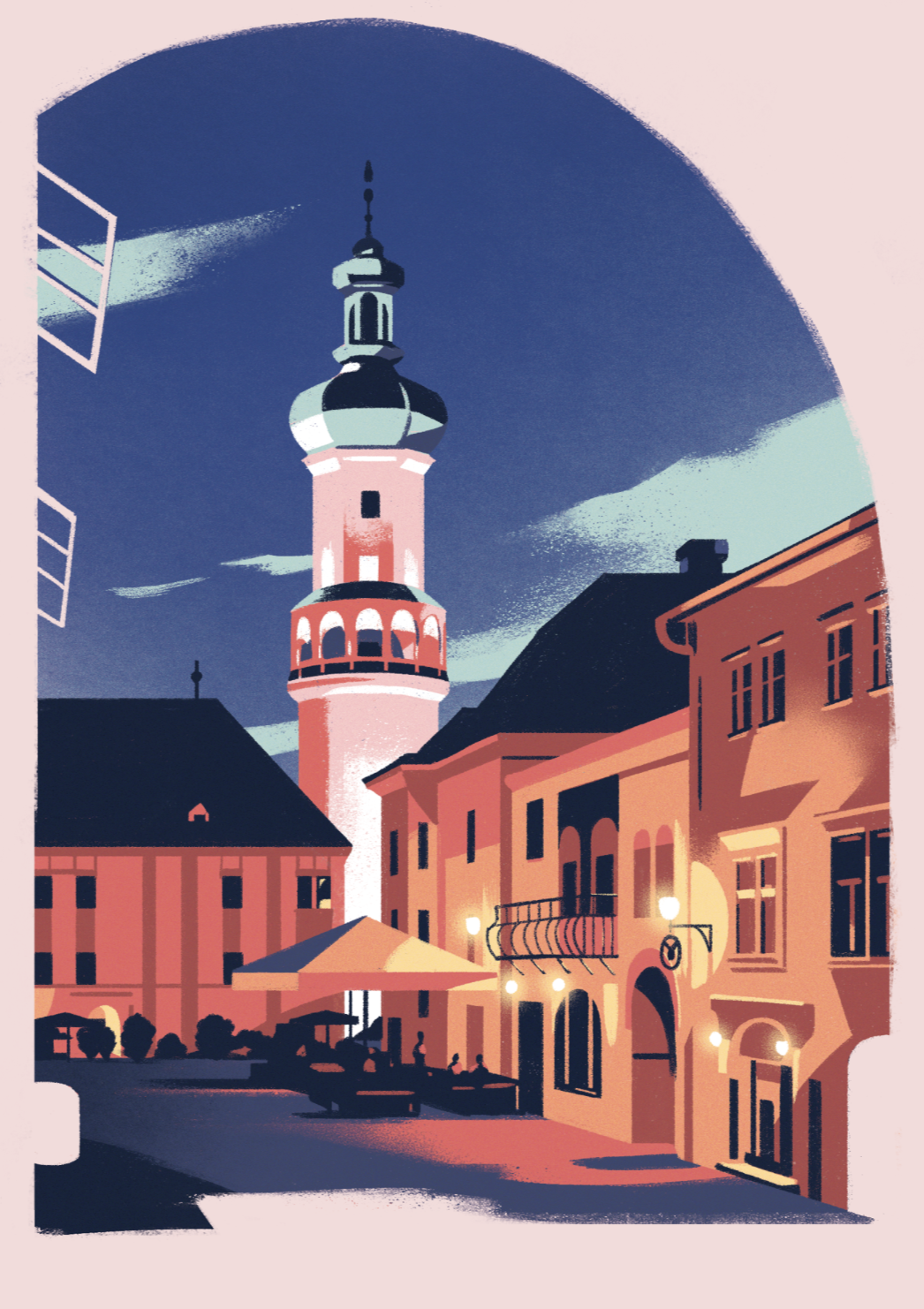
Fertő Landscape—There are so many things to say about Fertő Landscape, a UNESCO World Heritage site, that they wouldn’t even fit into a separate edition. You can enter a land of a thousand faces here, with an exceptionally rich wildlife, but only a few people ever manage to get to know it inside out. A separate world was built here over billions of years, with the lake in the middle of it all. Whichever direction you choose to go, you won’t be able to take your eyes off the horizon, with the infinite reed bed at the bottom and flocks of birds taking flight time and again to fill the skyline. The best you can do is hop on a bike and pedal leisurely as long as you can, or until you catch sight of something that compels you to stop and take a closer look. There’s no shortage of things that warrant closer look. At any point you stop, you may very well be invited for a glass of wine, stumble across the silhouette of a chateau or a tempting trail into the woodland.

Inspiration from an unexpected source: fashion dictator NBA players

“I am a curious person, interested in everything related to the profession, to wood" | Fanni Hegedűs, woodworker, restorer
